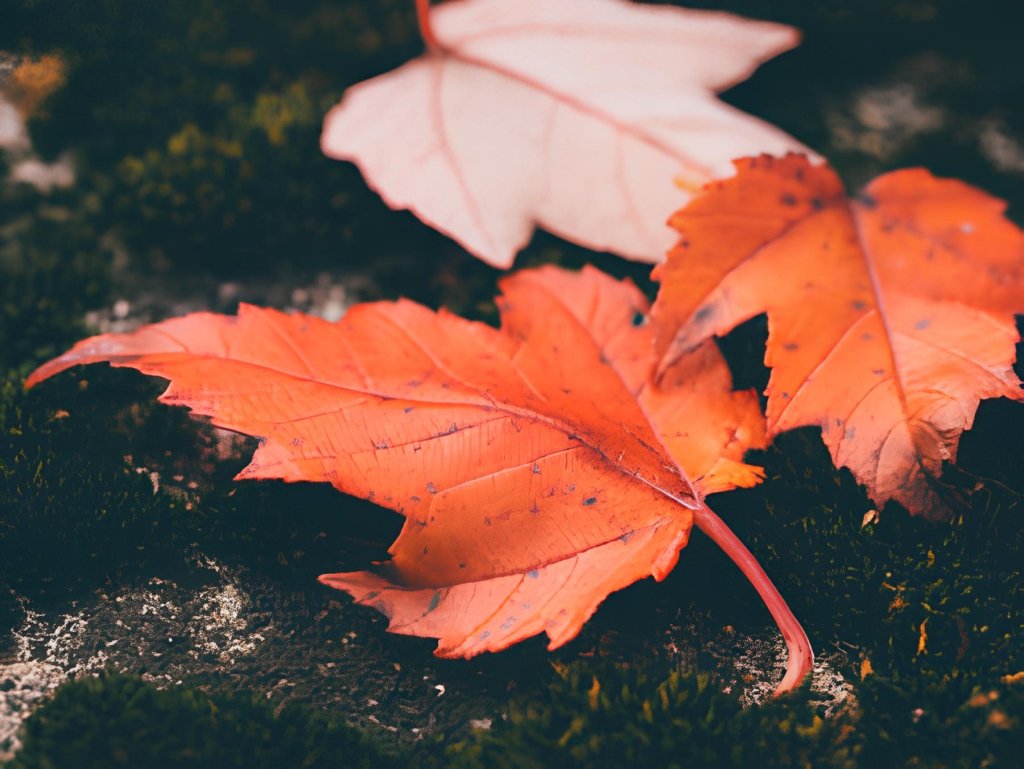Have you ever wondered why the leaves change colors? It’s a natural process many people might not understand fully. If you’re seeking what causes the leaves to change their color from green to yellow, orange to red, and more, you have landed at the right place.
The color change occurs mainly because of the changing of seasons; the change results in temperature difference that further triggers a different chemical process and pigments, which interact and result in the color change—thinking about how all these procedures occur finally leads to the leaves changing color.
Below, we have provided a detailed explanation that will enlighten you on the same. Let’s explore!
What Causes Leaves to Change Colors?

Color change in leaves occurs because of a combination of environmental and physiological factors. Consider a normal day when suddenly the temperature drops; this coolness gives plants signals to break down chlorophyll, the green pigment responsible for photosynthesis. This reveals the underlying pigments such as carotenoids (yellow and orange) and anthocyanins (red and purple). The varying proportions of these pigments determine what color a particular leaf will change.
Remember, different types of tree leaves change to different colors depending upon the factors and the pigment they possess.
Factors Affecting Leaf Color
As said above, the color change in leaves is influenced by many environmental and physiological factors. The listed elements below will enlighten you on the same:
- Temperature: Temperature plays an important role in the color-changing process. Cooler temperatures slow down the chemical process in the leaf; this slowdown fades away the green color, allowing other pigments, such as carotenoids and anthocyanins, to become more visible.
- Daylight Hours: When the length of daylight decreases, i.e., when winter approaches, the plants undergo photoperiodism, which kick-starts the breakdown of chlorophyll and, hence, the color change.
- Moisture and Water Availability: Adequate soil moisture backs for healthy leaves. Drought or scarce water conditions stress trees; this results in premature leaf drop and affects the intensity and timing of leaf color change. In some cases, this leads to browning.
- Nutrient Levels: Sufficient nutrients, especially nitrogen, are required for synthesizing chlorophyll and other pigments. When nutrients are sufficient, leaves are vibrant, while deficiency leads to duller or discolored leaves.
- Sunlight: The intensity of sunlight matters; trees receiving ample sunlight produce more anthocyanin pigments, which results in red or purple colors. In contrast, the trees in shaded areas tend to yellow and orange color due to less anthocyanin production.
- Air Pollution: High levels of pollution stress tree that affect chlorophyll synthesis; this leads to premature leaf drop that may result in abnormal color or muted color tone.
- Tree Species: How the plants will respond to all the above factors depends upon the species. Different tree species have different pigments and, hence, varying colors.
Why Do Two Leaves of The Same Plant Have Different Colors?

All the leaves of a particular plant don’t change color simultaneously because of many biological and environmental factors. Firstly, the age of leaves matters. Older leaves, i.e., which have been exposed to sunlight for a longer duration, change color first simply because they have high chlorophyll concentration; when the days shorten or the temperature drops, chlorophyll production decreases, revealing other pigments, which leads to color change.
Secondly, the position of leaves on the plant plays a significant role. The leaves closer to sunlight change color before those in the shader regions because sunlight fosters chlorophyll breakdown, initiating the color-changing process. Furthermore, species and plant health affect the timing and intensity of color change. Lastly, all the abovementioned factors may differ for different leaves in the same plant. Hence, two leaves of the same plant may possess different colors.
Conclusion
Now that we are towards the end, you must have understood why the leaves change colors. If you have any doubt regarding the process of how changing temperatures, pigment interaction, and other factors affect leaves color, feel free to ask, and we’ll break it down for your ease. Comment below how the article was: easy to follow, or it can be simplified more.
Warm temperatures and irregular weather patterns may change the timing and intensity of leaf color change. Further, climate shifts affect tree health, which in turn hamper photosynthesis and hence results in a color change.
Further, share if you ever encountered a leaf that changes its hue to some unique color; yeah, it happens.
Frequently Asked Questions
Why Do Leaves Change Colors?
Primarily, leaves change colors because of a natural process called ‘leaf senescence.’ When the temperature drops, plants stop the synthesis of chlorophyll; this helps overpower the underlying pigments like carotenoids responsible for orange and yellow colors and anthocyanins that make leaves look red or purple.
What Factors Back the Timing When The Leaf Changes Color?
The time when the leaf will change colors is influenced by several factors, such as daytime hours, the surrounding temperature, and, most significantly, the kind of plant species. Shorter daylights kickstart the process, allowing the underlying pigments to determine the leaf color.
Do All Plant Leaves Change Color?
No, evergreen plants and trees like pine and spruces retain their color throughout the year and do not undergo leaf senescence as deciduous trees. They have a specialized process that helps them maximize their green color even during the winter months, retaining their green color.

